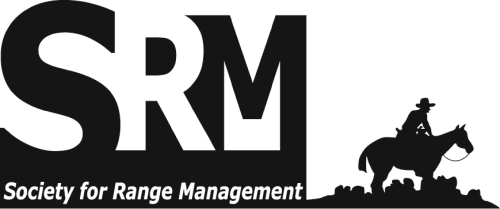Timber milkvetch (TMV, Astragalus miser Dougl. ex Hook var. serotinus) is widely distributed on rangelands in the southern interior of British Columbia, Canada. It synthesizes large quantities of miserotoxin, a glycoside that is toxic to cattle. Six grazing studies were conducted at Sixtyone Creek on the Cariboo Plateau during 1993 to 2000 to determine which class of livestock was most susceptible to TMV, to record clinical signs of poisoning under range conditions, and to determine the efficacy of protein supplements for the prevention of TMV poisoning. In vitro rates of TMV detoxification in rumen fluid were determined concurrently. Incidents of early, acute and chronic poisoning were documented using a total of 143 cows over the 6 year study. Older cows (more than 3-years old) and yearling heifers were less susceptible to TMV than lactating first-calf heifers, which showed acute signs of poisoning. A chronic syndrome was sometimes seen in second-calf heifers, especially during exertion. Heifers not previously exposed to TMV, such as those that were obtained from the prairie region of Alberta, were also more susceptible than cattle originating in B.C. with a known history of exposure to TMV. Each year, Hereford cows were divided into 2 groups, one of which received free-choice protein supplements in a molasses block, the other did not receive supplement and served as a control group during the 6-week grazing trial. The control group yielded 25 cases of TMV poisoning during the 6-year study, compared with 2 for the supplement group. However, the supplement increased rates of TMV detoxification (> 50%) in only 1 of the 5 years of testing. Native cattle yielded higher rates of TMV detoxification (> 25%) in 2 of the 5 years than introduced cattle. The innate capacity to transfer rumen microbial activity between cattle in close proximity and the natural enrichment of rumen microbial populations could elevate rates of detoxification regardless of supplement or origin. The Journal of Range Management archives are made available by the Society for Range Management and the University of Arizona Libraries. Contact lbry-journals@email.arizona.edu for further information. Migrated from OJS platform August 2020

Scholarly peer-reviewed articles published by the Society for Range Management. Access articles on a rolling-window basis from vol. 1, 1948 up to 5 years from the current year. Formerly Journal of Range Management (JRM). More recent content is available by subscription from SRM.